AP Biology Unit 2 part 1
Do this khan academy lesson after reading notes: https://www.khanacademy.org/science/ap-biology/cell-structure-and-function
Prokaryotic Cells (Bacteria):
Simple, one-room cabin analogy.
No internal membranes (no compartmentalization).
Single circular chromosome.
Eukaryotic Cells (Plants, Fungi, Animals):
Complex, multi-room house analogy.
Organelles: Membrane-bound compartments with specialized functions.
Lysosomes: Acidic environment for waste disposal.
Peroxisomes: Carry out oxidation reactions, produce hydrogen peroxide.
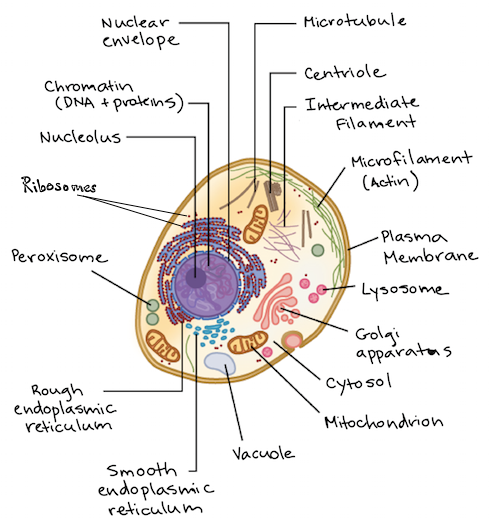
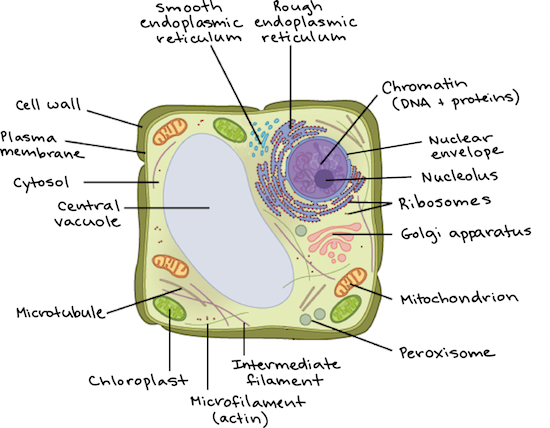
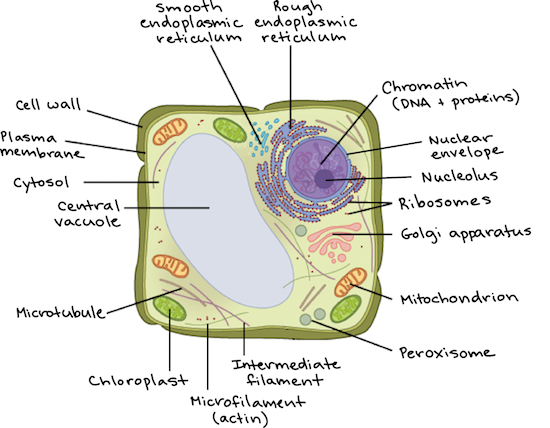
Nucleus: Membrane-bound area that houses genetic material.
Multiple linear chromosomes.
Key Difference:
Eukaryotic cells have compartmentalization, allowing for complex metabolic reactions and larger cell size compared to prokaryotic cells.
Endomembrane System Overview:
The endomembrane system is a network of membranes and organelles in eukaryotic cells.
It modifies, packages, and transports lipids and proteins.
Includes: nuclear envelope, endoplasmic reticulum (ER), Golgi apparatus, lysosomes, and plasma membrane.
Does not include: mitochondria, chloroplasts, or peroxisomes.
Endoplasmic Reticulum (ER):
Rough ER:
Covered with ribosomes.
Produces proteins, which enter the ER lumen for folding and modification.
Modified proteins are packaged into vesicles for transport to the Golgi.
Also makes phospholipids for cellular membranes.
Smooth ER:
No ribosomes.
Synthesizes lipids, carbohydrates, and steroid hormones.
Detoxifies harmful substances (like drugs and poisons).
Stores calcium ions, important for muscle contraction.
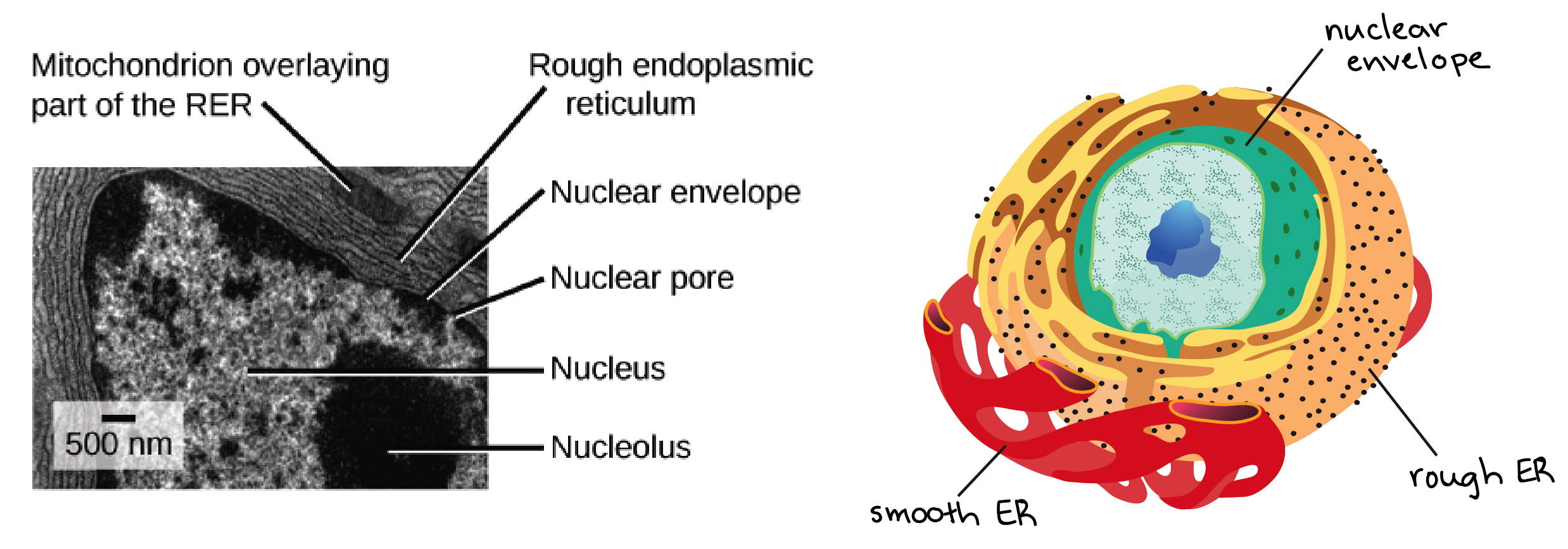
Golgi Apparatus:
Receives vesicles from the ER at the cis face (receiving side).
Modifies proteins and lipids (e.g., adding carbohydrates or phosphate groups).
Sorts and packages them into vesicles for transport to final destinations (lysosomes, plasma membrane, or outside the cell).
Produces polysaccharides for the plant cell wall.

Lysosomes:
Contains digestive enzymes to break down waste materials and old cellular parts.
Recycles cell components and digests pathogens (e.g., bacteria) through phagocytosis.
White blood cells, like macrophages, use lysosomes to destroy invaders.

Vacuoles:
Large central vacuole in plant cells stores water, waste, and toxic materials.
Similar to lysosomes in function; helps maintain water balance in plant cells.
Lysosomes vs. Peroxisomes:
Lysosomes: Break down waste and old organelles; part of the endomembrane system.
Peroxisomes: Carry out oxidation reactions, break down fatty acids, and detoxify harmful substances (like alcohol). Not part of the endomembrane system.
This system is key for protein and lipid production, transport, and waste disposal in eukaryotic cells.
Mitochondria: "Powerhouses" of the Cell
Function: Convert energy stored in food (like sugars) into adenosine triphosphate (ATP) through cellular respiration, providing usable energy for the cell.
Structure:
Outer membrane: Surrounds the organelle.
Inner membrane: Contains folds called cristae, increasing surface area for energy production.
Matrix: Contains mitochondrial DNA and ribosomes.
Found in most cells, but numbers vary by energy needs (e.g., muscle cells have many; red blood cells have none).
Cellular Respiration: Key process in energy production.
Chloroplasts: Photosynthesis Centers
Function: Carry out photosynthesis, converting light energy into sugars that store energy.
Found only in plants and algae (not in animals).
Structure:
Outer and inner membranes with an intermembrane space.
Thylakoids: Membranous discs arranged in stacks called grana. Contain chlorophyll, the pigment that captures light.
Stroma: Fluid surrounding the thylakoids.
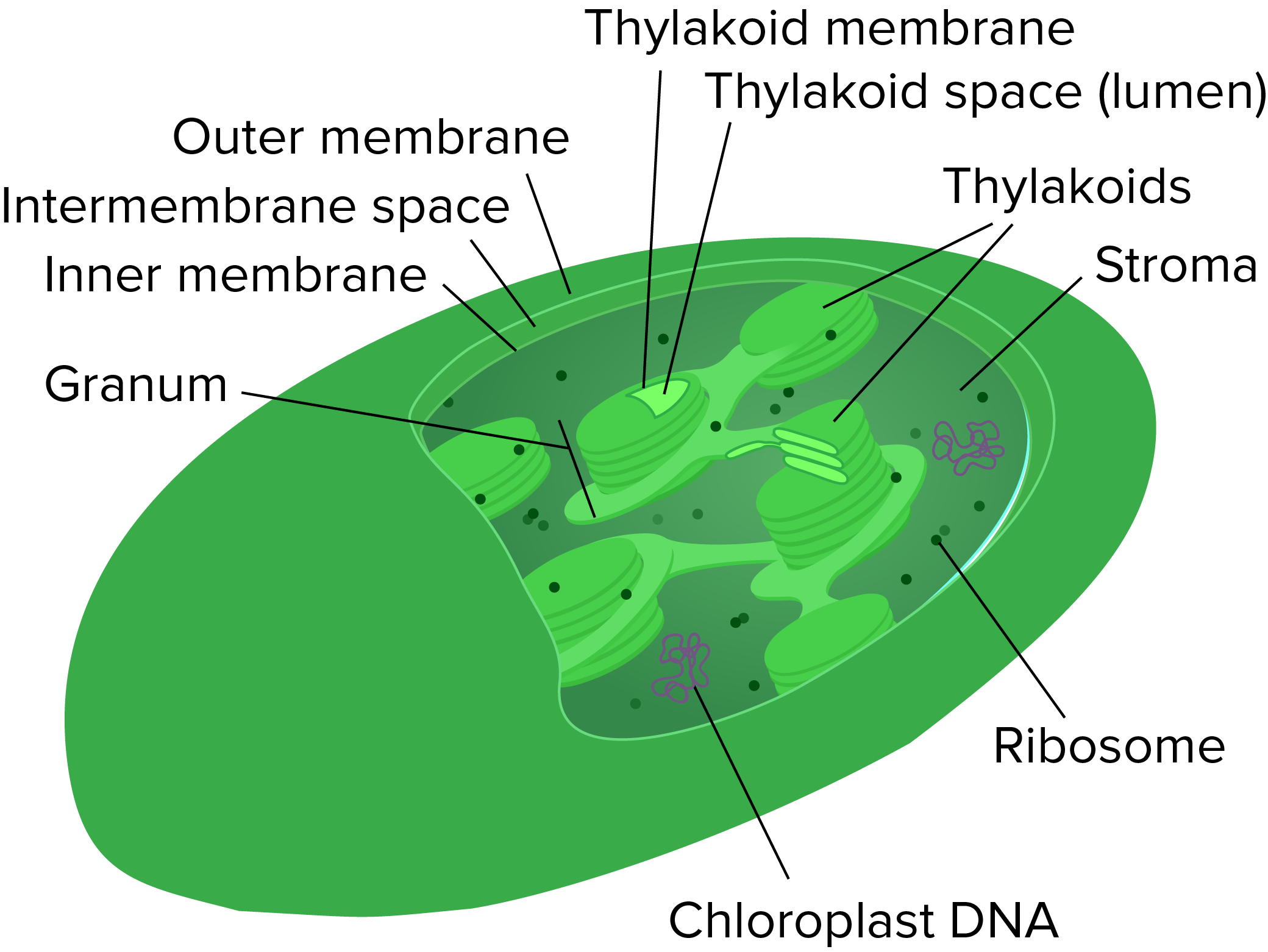
Endosymbiotic Theory:
Mitochondria and chloroplasts likely originated from ancient bacteria that were engulfed by larger cells.
Evidence:
Both have their own DNA and ribosomes.
Similar in size to bacteria.
Thought to have evolved through two endosymbiotic events:
Aerobic bacteria became mitochondria.
Photosynthetic bacteria became chloroplasts.
Key Concepts:
Cellular Respiration: Mitochondria convert sugars into ATP.
Photosynthesis: Chloroplasts convert light energy into sugars.
Endosymbiosis: Ancient bacteria formed symbiotic relationships with early eukaryotes, evolving into mitochondria and chloroplasts.